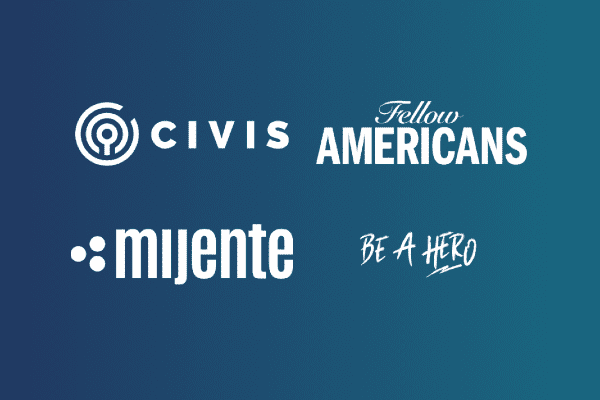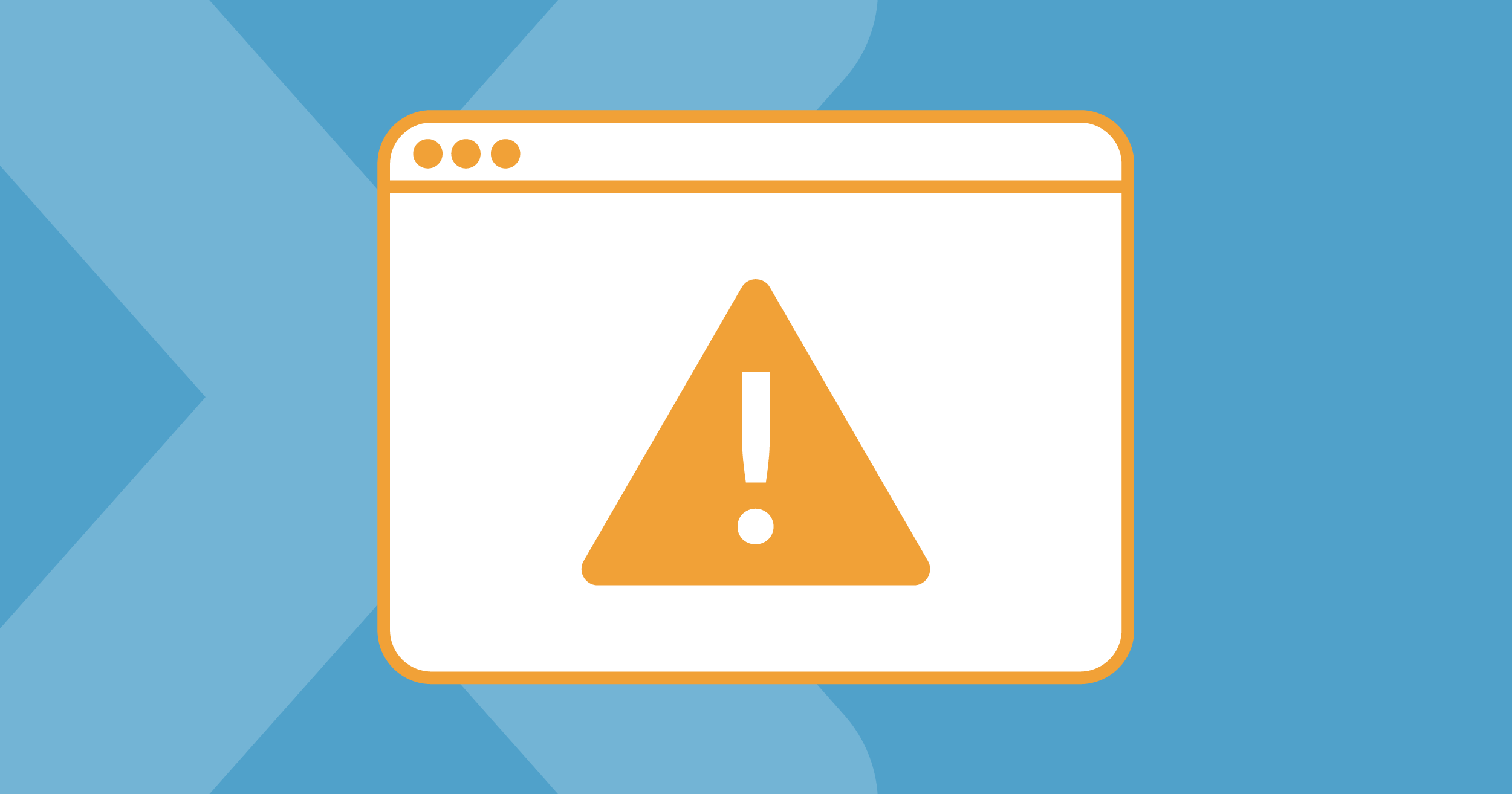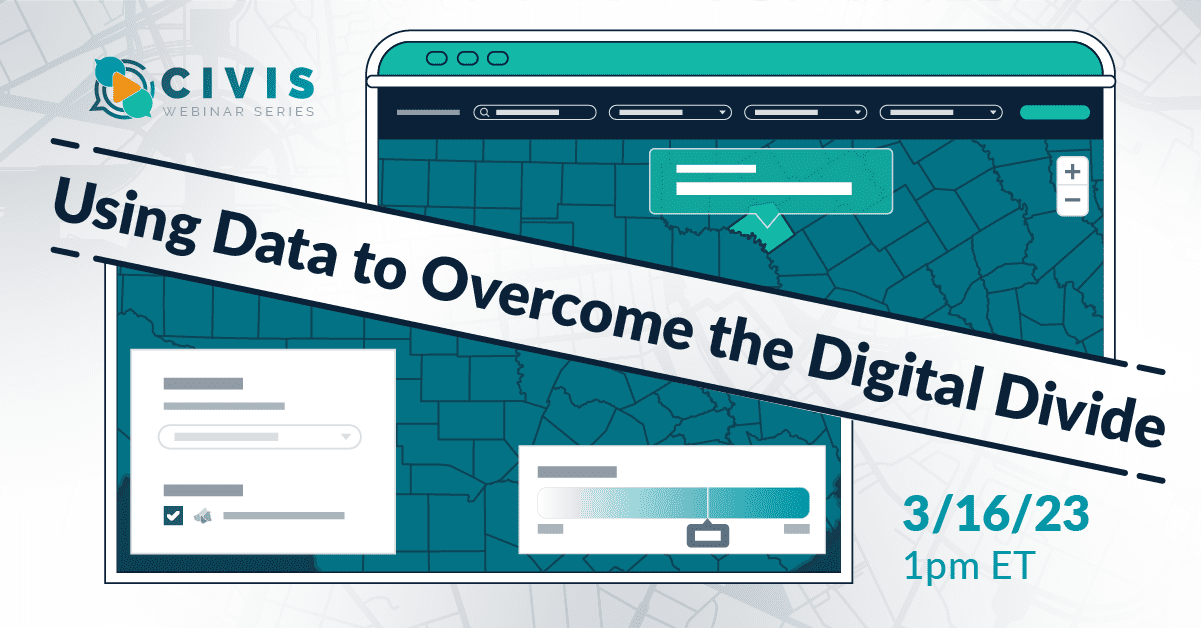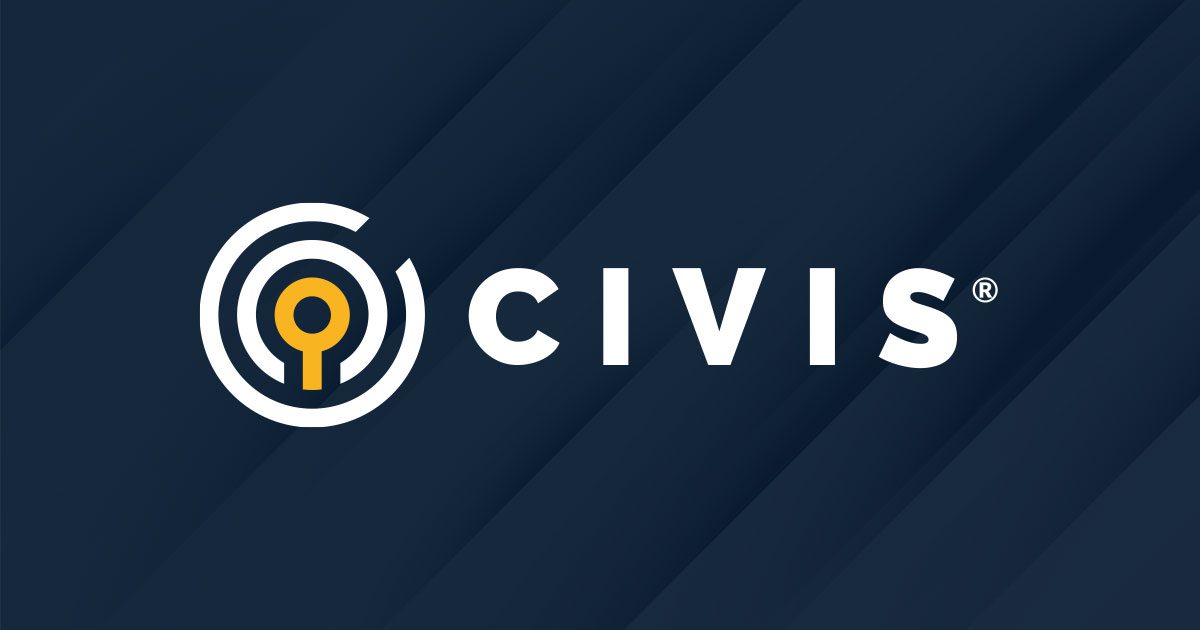Survey participants are sometimes dishonest in their responses, inattentive while answering, or in a rush to get through the questions. This behavior is called satisficing. The following post explores how satisficing affects survey results, how Civis neutralizes its impact, and which measures must be taken to address increasingly poor respondent data quality.



